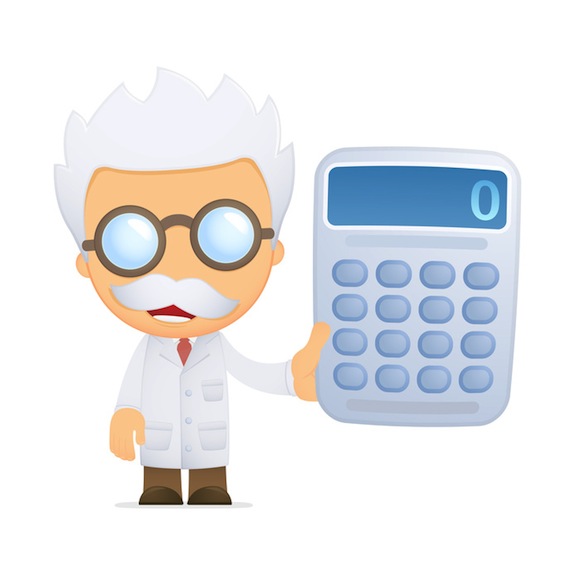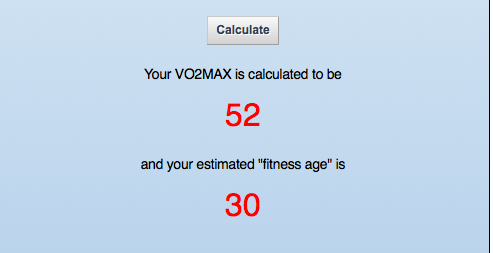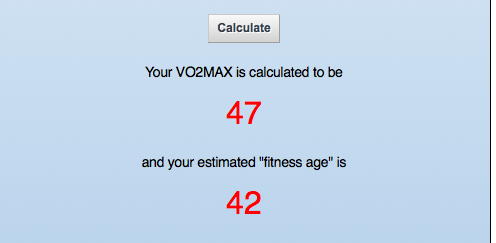 You may not be lazy but your body sure is.
You may not be lazy but your body sure is.
Your body seeks the lowest level of energy expenditure to get the job done. This is why you don’t have to be fit to be alive. Your body can function at a very low level of fitness because of its ability to adapt.
But, your mind doesn’t know much about your fitness level.
There’s not a “fitness alarm” or “strength meter” to let you know that things are deteriorating. Your strength begins waning at the age of 30, accelerates around 50 and by the time you reach 80, you’ve lost over 40% and all the while you feel okay – sort of.
The result is you think you’re in pretty decent shape. Right?
The Mind Remembers What the Body Has Long Since Forgotten
Several years ago, a friend was in town visiting for a few days. We started talking about basketball and before long we had decided to go to the park at the end of the street and shoot some baskets. Just a friendly game of H-O-R-S-E.
Well, the game of H-O-R-S-E turned into a few games of one-on-one. I hadn’t actually played basketball in years; hadn’t really even played H-O-R-S-E in years either.
I was determined to not less this guy, many years younger, beat me. We played hard. I was exhausted when we finished but was triumphant. I felt great.
Until the next morning when I could barely walk down the stairs. I thought I had just “over done it” and the pain and stiffness would pass. It didn’t. I had injured both Achilles tendons and had a bad case of Achilles tendonosis for months. About nine months. All from three or four games of one-on-one.
You might think you can still run five miles, or play basketball, or ski the black runs at Vail even though its been years since you’ve done any of those things. So, like me, one day you decide to give it go. Most of the time, it doesn’t go well.
The Good News
You can still do a lot of things; be active and enjoy life. But, you have to train your body so you’re prepared for those things. Yeah, maybe when you were twenty or twenty-five you could just do whatever but you’re not twenty-five. You’re forty or fifty with the memory of what twenty-five felt like.
A better choice than just giving the black runs at Vail a go, is to find out how fit you really are.
One option is something called your “Fitness Age”. You answer a few questions and out pops a number. The concept was developed by scientists at the Norwegian University of Science and Technology in Trondheim. They studied the aerobic fitness of about 5000 people and from their data developed an algorithm that will calculate your “fitness age”.
The problem with this number is that it represents only one of seven fitness components – aerobic fitness. It’s a misnomer to call this your “fitness age” since fitness includes, things like upper and lower body strength, flexibility / mobility, balance among others.
But, it’s a step in the right direction.
For example, below is my “fitness age” based on the Norwegian scientists research:

By changing my waist measure one inch, notice what happens to my “fitness age:

So What?
I learned to ask this question from my brother Joshua and it’s a great question to ask. Being a “learner” by nature, I sometimes overlook the practical side of information like “fitness age”.
Here’s how this helps you. Remember that your mind THINKS you’re younger than you really are physically. Knowing your weak links by helps you boost your physical abilities so that your mind and body are in sync.
photo credit: Arya Ziai via photopin cc



